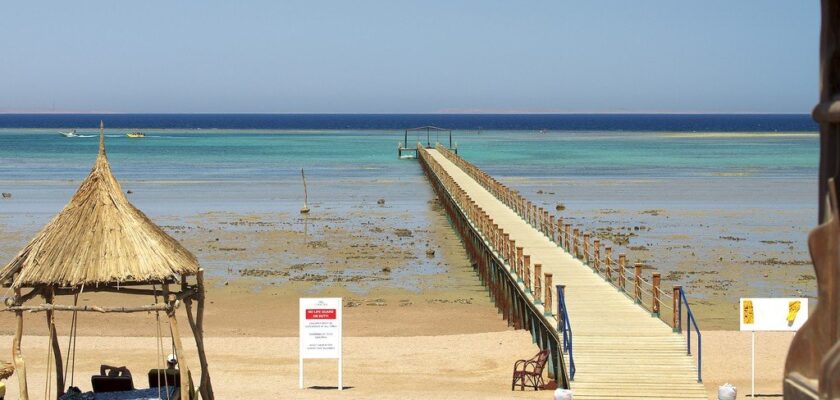Red Sea
Attractions refers to the countries:EgyptDjiboutiDjibouti , IsraelYemenEgypt, Djibouti, Israel, Saudi ArabiaSudanEritreaJordanThe Red Sea is an inland sea of the Indian Ocean, located between the Arabian Peninsula and Africa in a tectonic trench. It is one of the warmest and saltiest seas.
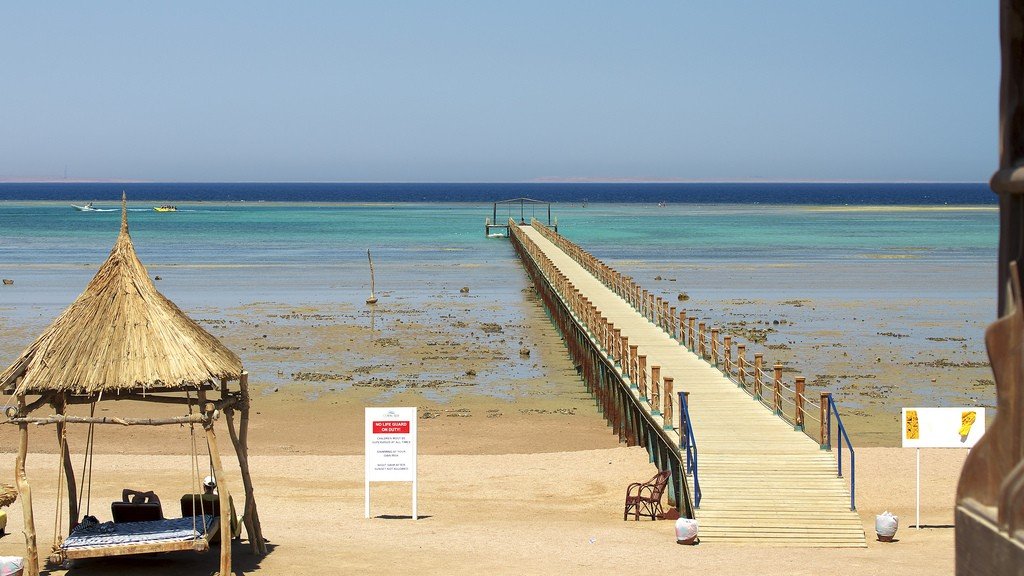
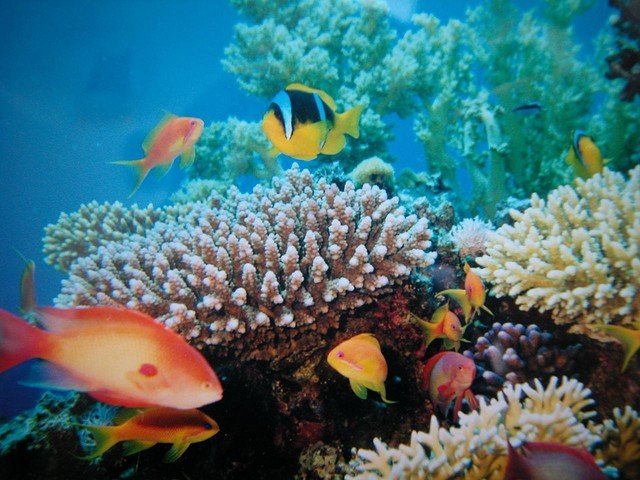
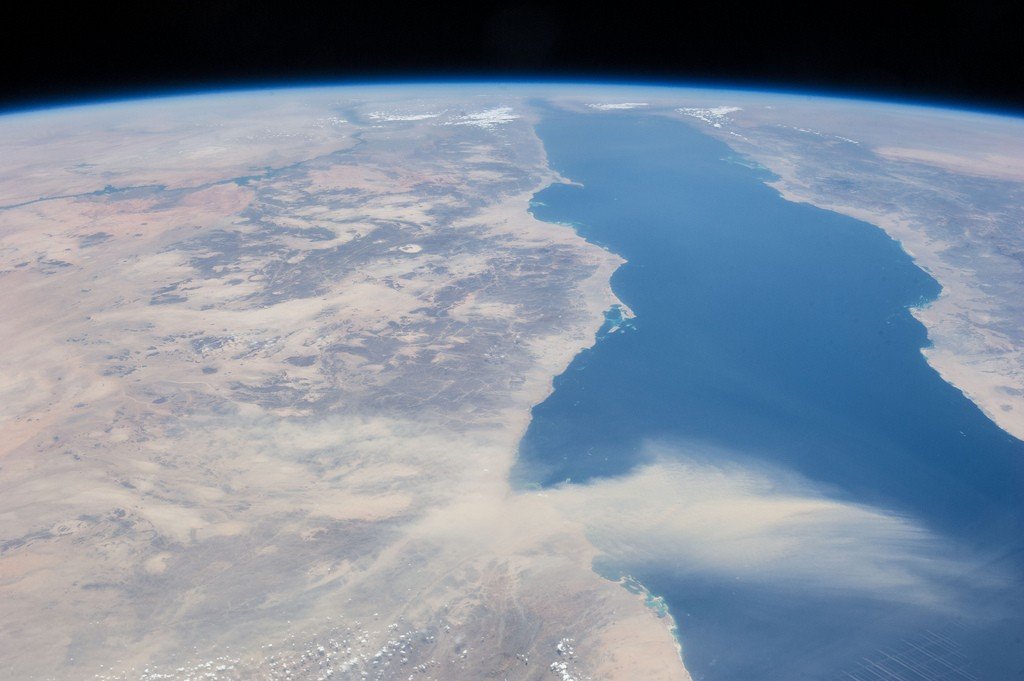
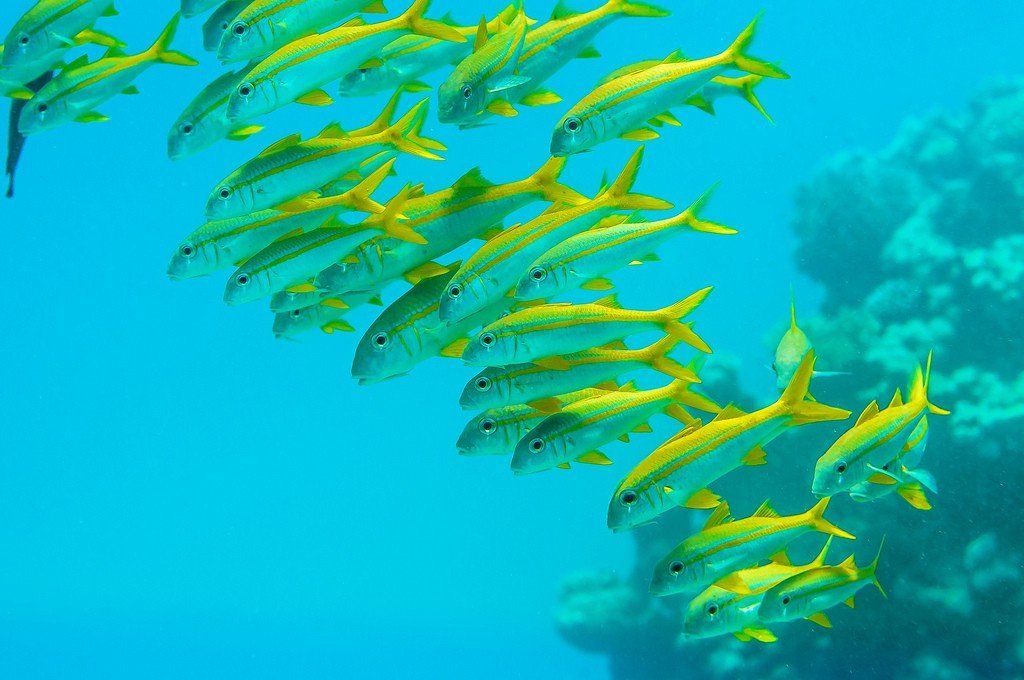
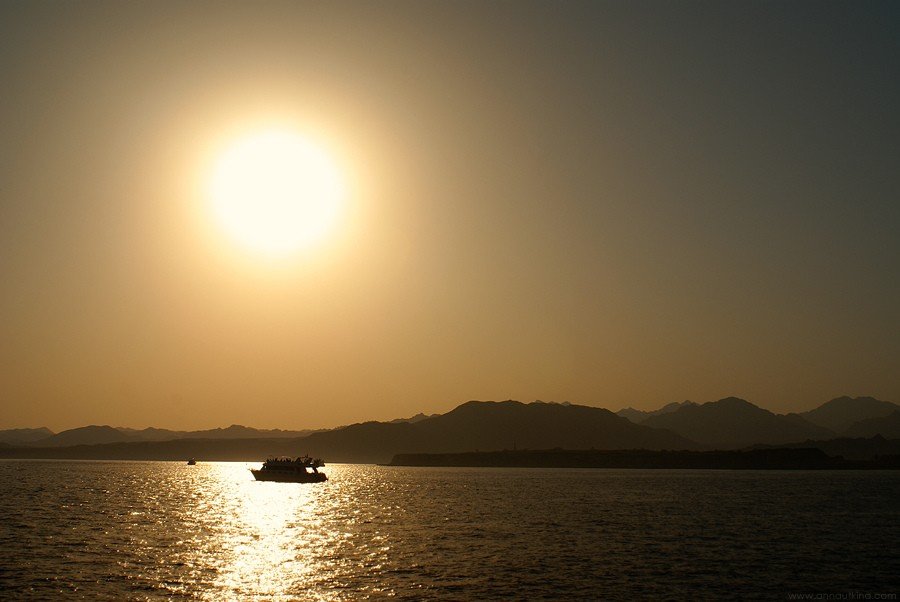
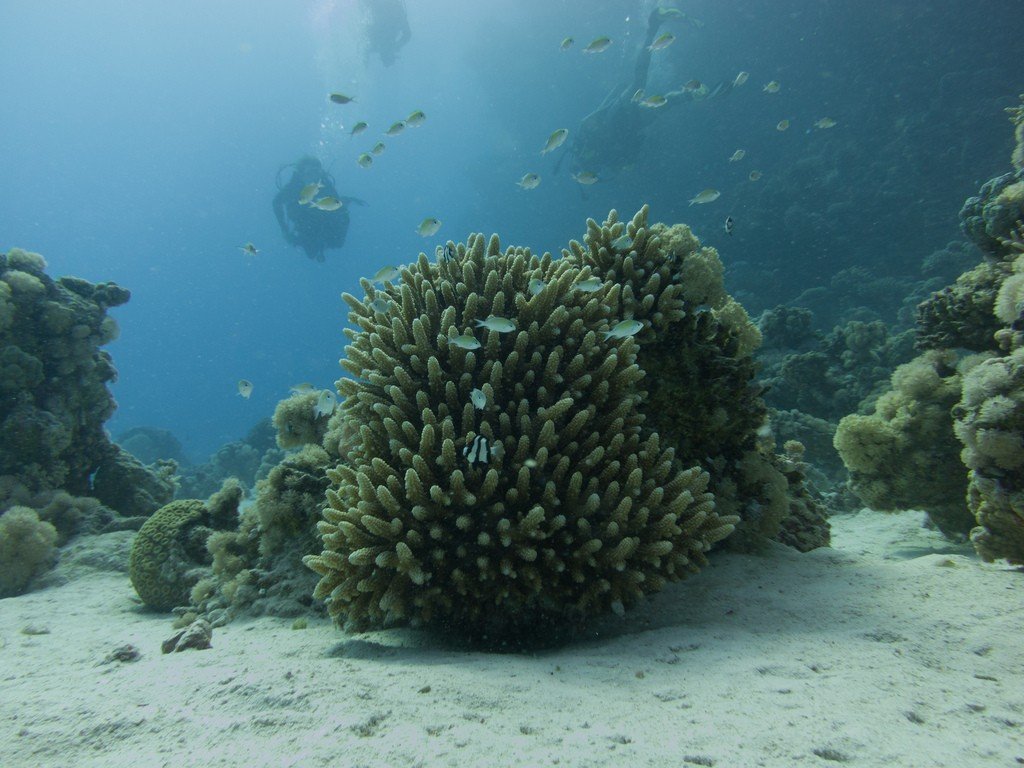
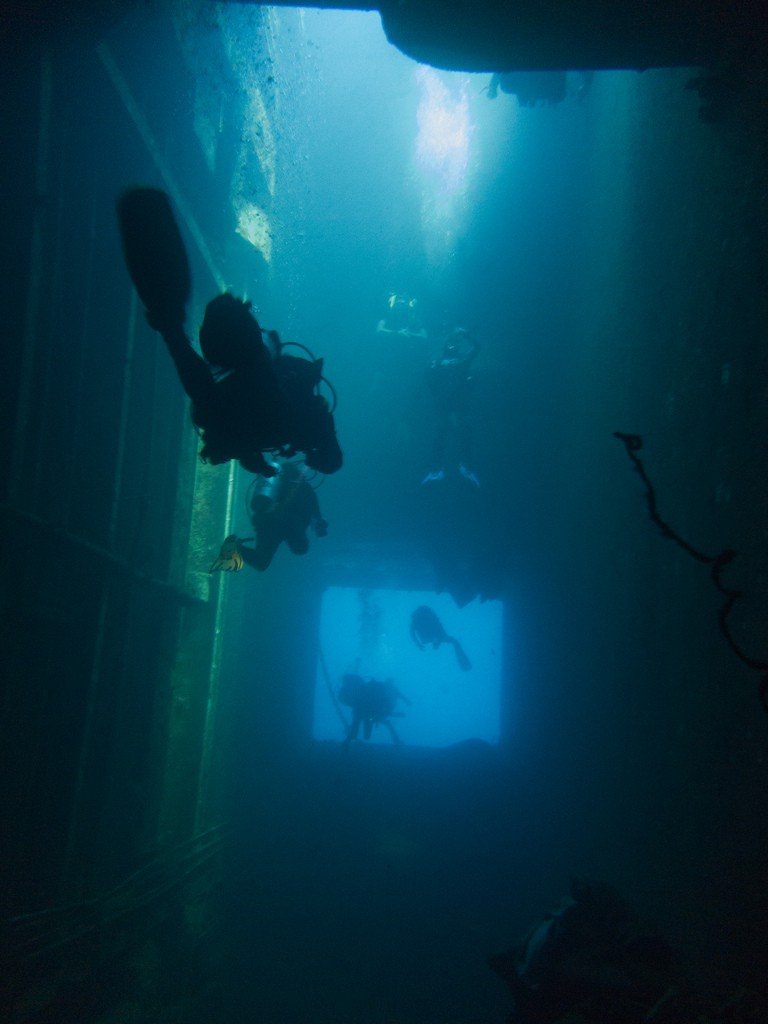
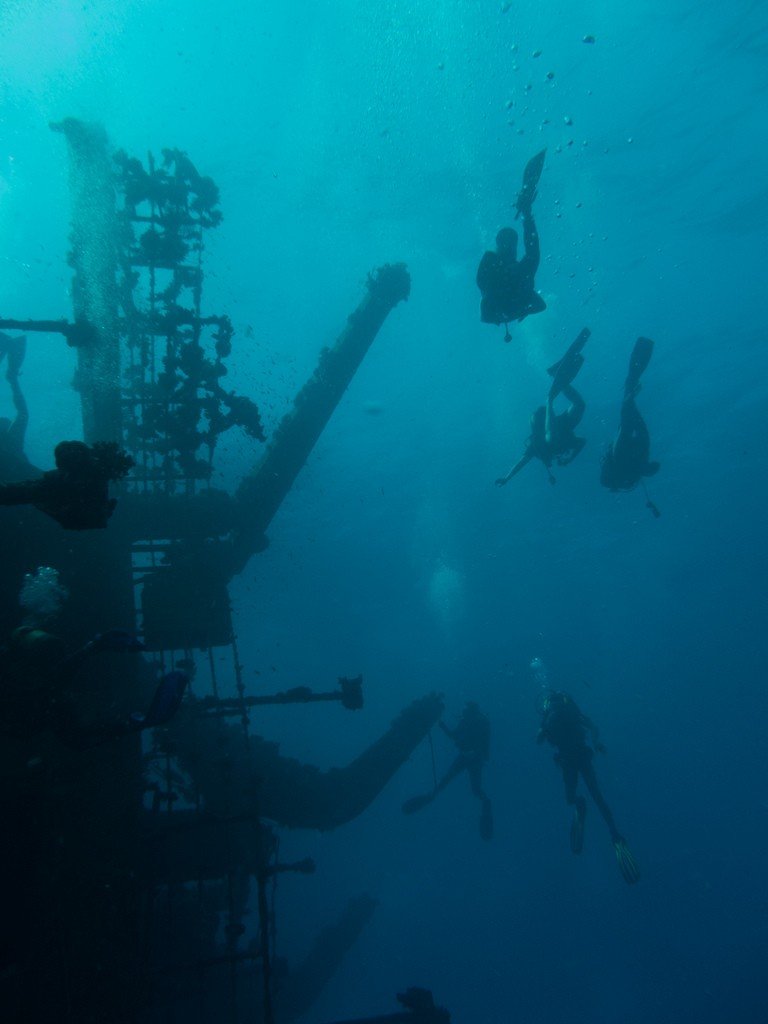
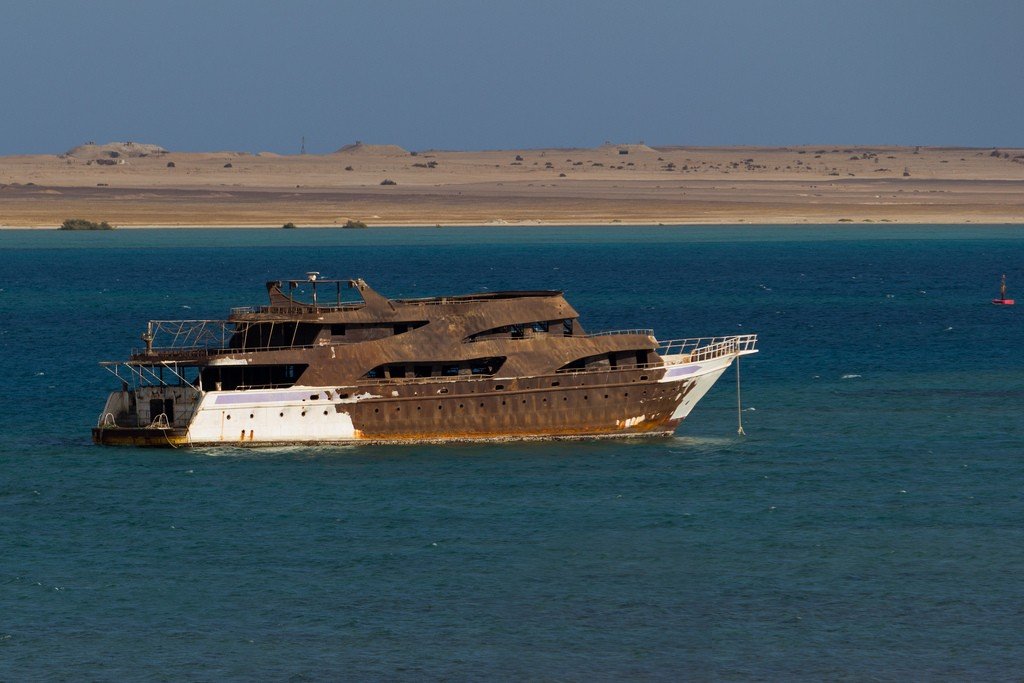
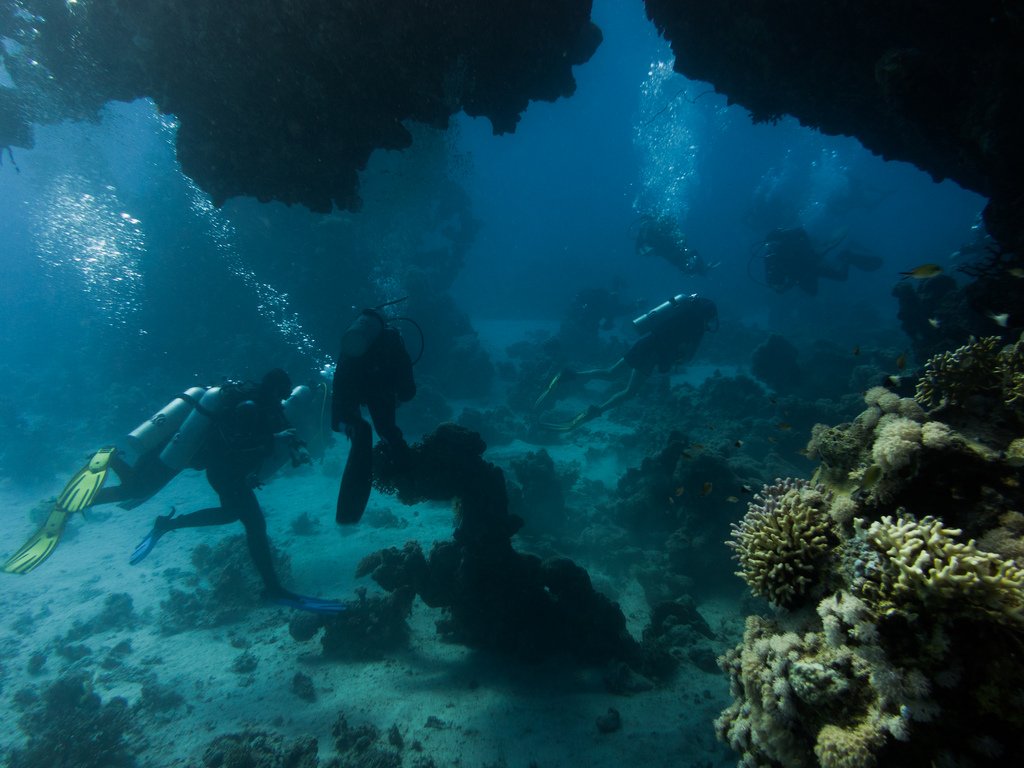
General information
It washes the coasts of Egypt, Sudan, Ethiopia, Eritrea, Saudi Arabia, Yemen, Israel, and Jordan.
In the north, the Red Sea is connected by the Suez Canal to the Mediterranean Sea, and in the south by the Bab el-Mandeb Strait to the Arabian Sea.
The peculiarity of the Red Sea is that no rivers flow into it, and the rivers usually carry silt and sand, significantly reducing the transparency of seawater. Therefore, the water in the Red Sea is crystal clear.
The climate on the Red Sea coast is dry and warm, the air temperature in the coldest period (December-January) during the day is 20-25 degrees, and in the hottest month – August, does not exceed 35-40 degrees. Due to the hot climate near the coast of Egypt, the water temperature even in winter does not fall below +20 degrees, and in summer reaches +27.
The strong evaporation of warm water has turned the Red Sea into one of the saltiest on the globe: 38-42 grams of salts per liter.
.View from spaceThe Red Sea is currently 2350 km long, 350 km wide (at its widest part), with a maximum depth of 3000 meters in its central part. The area of the Red Sea is 450 thousand km².
Geologically, the Red Sea is located in the rift zone at the boundary of the African and Arabian lithospheric plates.
The Red Sea is very young. Its formation began about 40 million years ago when a crack in the Earth’s crust appeared and the East African Rift was formed. The African continental plate separated from the Arabian plate and a gap was created in the Earth’s crust between the two, which gradually filled with seawater over millennia. The plates move constantly, so the relatively flat shores of the Red Sea diverge in different directions at a rate of 10 mm per year, or 1 meter per century.
In the north of the sea are two gulfs: the Gulf of Suez (depth up to 80 meters) and the Gulf of Aqaba, or Eilat. It is along the Gulf of Aqaba (Eilat) that the fault passes. Therefore, the depth of this bay reaches great values (up to 1800 meters). The two gulfs are separated from each other by the Sinai Peninsula, in the south of which is located the famous resort of Sharm el-Sheikh.Islands in the northern part of the sea are few and only south of 17 ° N. they form numerous groups, the largest of them – Dahlak in the southwestern part of the sea.
One of the first descriptions of the Red Sea was made in the 2nd century BC by the Greek historian Agatharchides.
The Red Sea is polluted.
The source of plastic waste is not so much vacationers on the beaches. There is ample evidence of garbage being openly dumped from boats and ferries. It is difficult for the Bedouin to realize that the plastic they throw away is harming their environment. For generations they have dealt only with organics, and this behavior is still considered the norm. To this day, Bedouins still fish in the reserves and catch shellfish. Corrals are damaged by novice snorkelers in heavily dived areas.
.